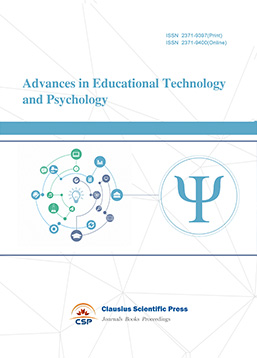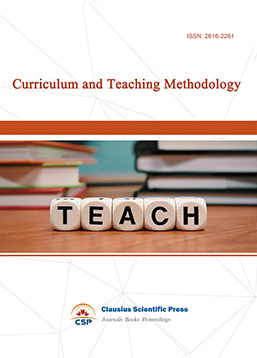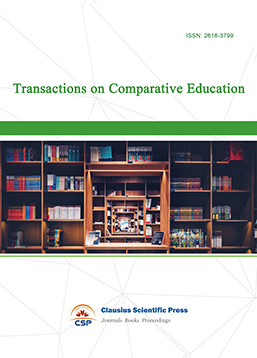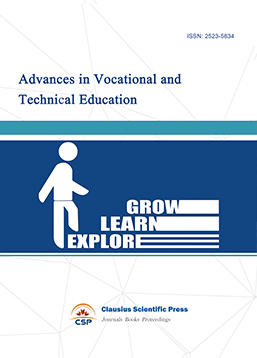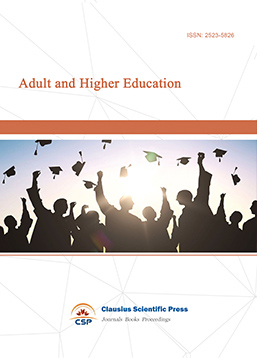The Possibility of Mutual Love: A Study on the Bidirectional Healing between Adolescents and Stray Animals
DOI: 10.23977/appep.2025.060322 | Downloads: 11 | Views: 155
Author(s)
Zhiruo Zhou 1
Affiliation(s)
1 International Curriculum Center of RDFZ, Beijing, 100086, China
Corresponding Author
Zhiruo ZhouABSTRACT
This study explores the mechanisms underlying the bidirectional healing between stray animals and adolescents. This study employes a mixed-methods approach, including literature review, observation, interviews, and netnography. Data are collected through online forum case studies, field visits to stray animal shelters, and interviews with adolescent volunteers, rescue workers, and adoptive families. Multichannel data are integrated for analysis. The findings reveal that interactions between adolescents and stray animals primarily manifest in two modes: individual adoption and institutional rescue, characterized by low cost, equality, and spontaneity. Adolescents alleviate depression and anxiety by caring for stray animals, achieving emotional healing while cultivating responsibility, compassion, and a life-respecting ethos. Stray animals, in turn, gain stable food supplies, medical care, and improved living conditions through adolescent care, transitioning from wariness to trust in humans and enhancing social adaptability, thus creating a mutually positive impact. The study's innovation lies in broadening the research perspective through online-offline integration and addressing the field's predominant focus on unidirectional effects by centering on bidirectional relationships.
KEYWORDS
Adolescents; Stray Animals; Bidirectional HealingCITE THIS PAPER
Zhiruo Zhou, The Possibility of Mutual Love: A Study on the Bidirectional Healing between Adolescents and Stray Animals. Applied & Educational Psychology (2025) Vol. 6: 172-178. DOI: http://dx.doi.org/10.23977/appep.2025.060322.
REFERENCES
[1] Wang, Q.J., Zhu, M.J., Yan, B.E., et al. (2025). Factors Influencing Adolescent Mental Health Status and Intervention Measures. Advances in Psychology, 15(4), 98-103.
[2] Abdulkarim, A., Goriman Khan, M.A.K.B., & Aklilu, E. (2021). Stray Animal Population Control: Methods, Public Health Concern, Ethics, and Animal Welfare Issues. World Veterinary Journal, 11(3), 319-326.
[3] Beetz, A., Uvnäs-Moberg, K., Julius, H., et al. (2012). Psychosocial and Psychophysiological Effects of Human-Animal Interactions: The Possible Role of Oxytocin. Frontiers in Psychology, 3, 234.
[4] Xu, L.K., & Wang, C.Y. (2020). The Application of Animal Assisted Therapy in Social Communication Behavior of Autistic Children. Journal of Suihua University, 40(4), 98-101.
[5] Li, S., & Liao, X. (2024). The Research Progress on the Application of Animal-Assisted Therapy in Depressed Patients. International Journal of Psychiatry, 51(3), 686-689.
[6] Beck, A.M., & Meyers, N.M. (1996). Health Enhancement and Companion Animal Ownership. Annual Review of Public Health, 17, 247-257.
[7] Liu, B.Z., & Wang, L.Y. (2019). Animal Assisted Therapy: Social Work Models Based on Companionship. Journal of Southwest Petroleum University (Social Sciences Edition), 21(2), 33-42.
[8] Stanley Coren. Do Therapy Dogs Get Stressed When They Provide Therapy? [EB]. (2020). https://www. psychologytoday.com/us/blog/canine-corner/202005/do-therapy-dogs-get-stressed-when-they-provide-therapy
| Downloads: | 17719 |
|---|---|
| Visits: | 651839 |

 Download as PDF
Download as PDF